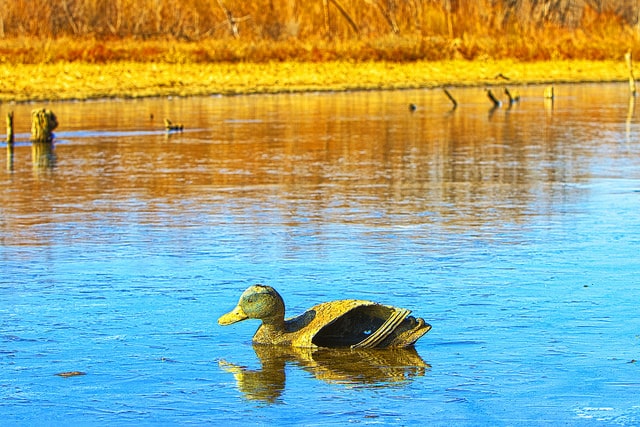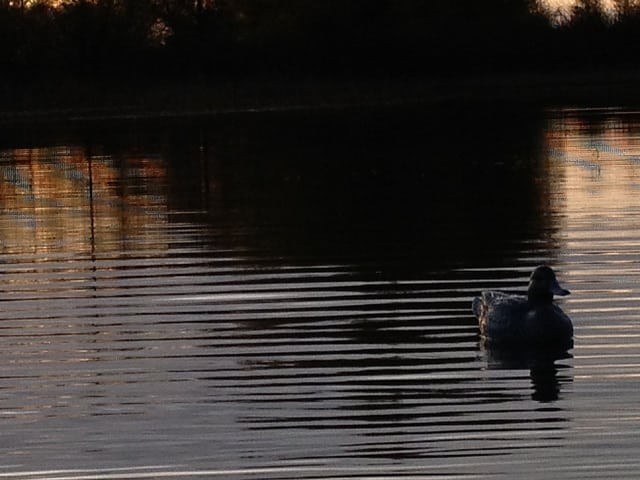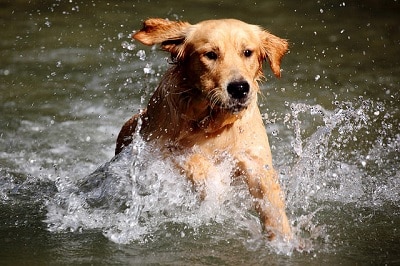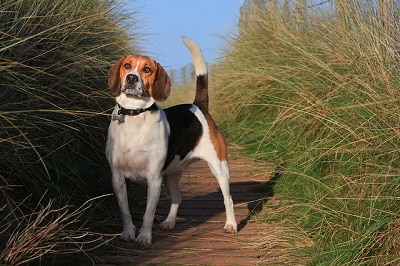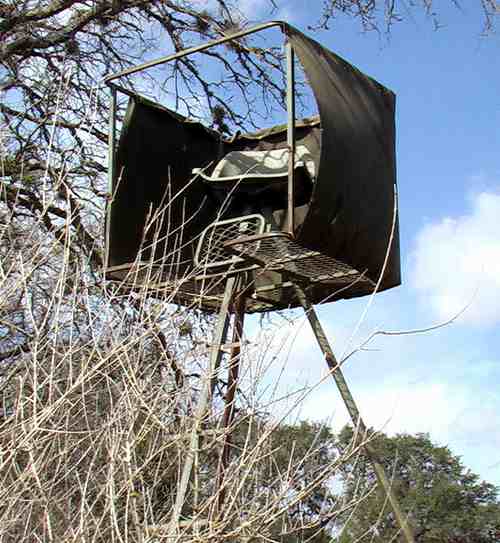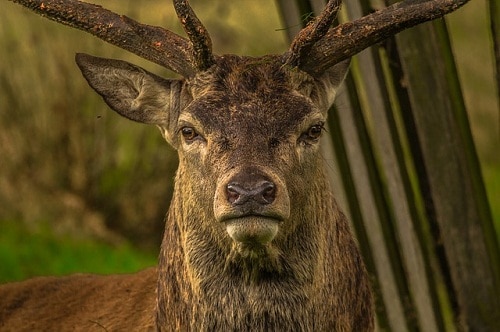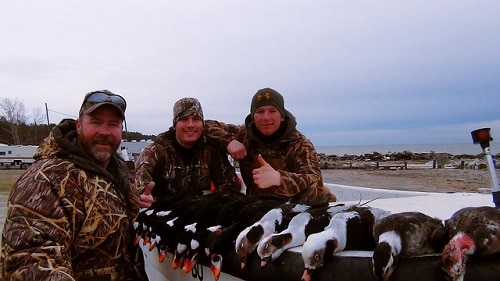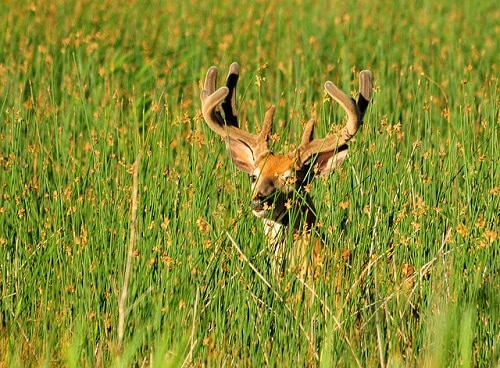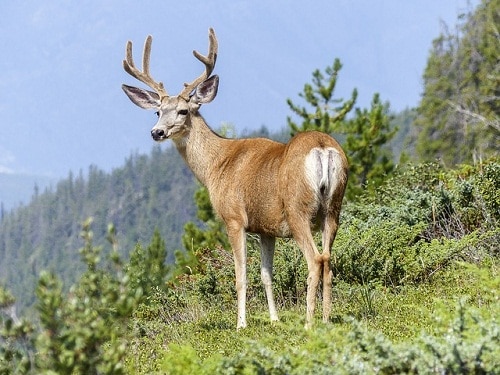The best duck decoys will work in your favor with minimal effort, instilling confidence in the ducks that the area you are trying to lure them to is a safe, habitable, and enjoyable environment for them.
Decoys are also meant to reduce the hunter’s need to overcall in order to lure ducks by giving the feel of a natural environment.
When implementing duck decoys into your hunting strategy, plan to assemble a collection of them – potentially up to a dozen or more, and practice setting them up in a realistic fashion.
The more natural your decoy setup, the better it will work, leading to more fowl.
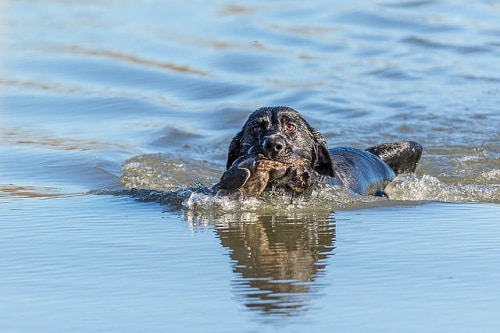
Here, we’ll look at three of the best duck decoys on the market.
Top Our Pick For Best Duck Decoys On The Market
Product Name | Quality | Our Rating |
|---|---|---|
A | ||
A+ | ||
A |
Top 3 Best Duck Decoys On The Market
This is my review about 3 duck decoys in the market, it will help you find the best for hunting. Check out it:
1. Greenhead Gear Pro-Grade Duck Decoy, Mallards/Butt-Up Feeder Pack, Pair
This is one of the most effective duck decoys on the market because it simulates the ducks in feeding position.
This makes it harder to detect as phony and gives the impression of the area being a suitable feeding environment.
Ducks traverse environments seeking safe and popular feeding grounds, and by portraying that image you will greatly increase your odds of bringing them in.
Some great insight on Greenhead decoys can be found here:
- Minimal movement reduces your chances of losing them out in the water, especially if you rig up a jerk string.
Realistically colored and designed, and built to last for a long time.
Great appearance in the water, enough to fool the uncanny hunter who hasn’t seen them before
But there are a couple down points:
I’ve heard about leakage issues. While this is likely a rare defect or result of misuse, be careful to follow installation instructions.
Butt-up feeders don’t resemble the full duck and must be used alongside other types of decoys.
Overall, these are a great addition to your decoy collection and help complete a well-rounded decoy scene.
2. Mojo Outdoors Teal Duck Decoy
The Mojo Outdoors decoy is a master of its intended purpose: luring in fast-moving fowl.
This is the best spinning wing duck decoy on the market. The wings spin incredibly fast and will catch the attention of nearly any ducks moving through your hunting area.
Mallards, teal, gadwall, pintails, and other ducks are attracted to the ‘strobe effect’ created by the wings and are likely to have the interest piqued enough to check out the situation. Here are the best things about this duck decoy:
Single speed and simple operation are If you encounter and issues, replacement wings are readily available online and at outdoors retailers.
- Despite the three-piece support pole, this duck decoy is surprisingly light weight. For me, that was a big selling point because I already have a large collection and didn’t want to add much weight to it, but it compacts well for transport and storage and makes it one of the best duck decoys
- Batteries last for several hours, so there is no need to replace them in the middle of a day hunt. They claim 16 hours, and I have no reason to argue with that.
There are a couple of improvements that could be made for future models, such:
Making the wings easier to screw off. After a long day in the blind, the last thing I want to deal with is prepping for storage, and this decoy can take a few minutes.
The wings are built with thumb screws instead of magnets. While this makes it more durable, it also (at least to me) appears to make it slightly less realistic and modern.
3. MOJO Outdoors Baby Mojo Mallard Duck Decoy
Mojo has another strong offering here with the Mallard Decoy.
This is another great addition to your arsenal of action-depicting decoys because it gives the appearance of a curious duck coming in to peruse a new feeding ground or piece of terrain.
When spread, this decoy is about 20 inches wide, starkly resembling a green head. Because it looks as though it is landing on water, if you set it up to your left, other birds will want to land in front of it and thus will be coming down right in front of you.
Here are the things I like best about this decoy:
Batteries last for several hours, so there is no need to replace them in the middle of a day hunt. They claim 16 hours, and I have no reason to argue with that.
The battery can be charged in your truck with disassembling the product.
The wings on this baby are a magnet, so no screwing and unscrewing are
- The legs can be taken off, a feature unique to decoys like this. I personally like to keep them on, but depending on the location of your setup it may suit you better to remove them
On the downside:
Magnets can come unattached, especially during high wind. Be sure you have aligned the wings correctly onto the magnetic part to minimize the chance of this happening
Don’t use it in salt water as it will rust the product after time. Just something to be aware of if you plan to be a long-term duck hunter.
Head To Head Comparison Of 3 Best Duck Decoys
My favorite product here is the MOJO Outdoors Baby Mojo. I’ve never had a decoy so effective at drawing in birds to land right in front of it. While all three of these are different and are a great addition to your hunting setup, this one is the best buy. I recommend having a couple of them set up with one closer to you and the other further away. Throw a couple of Greenhead Pro-Grades in the water along with some generic duck decoys on top of the water, and you’ll have a great setup. Here is my guide about how to set up duck decoys, read carefully before you do it.
Conclusion
Using the best duck decoys has greatly improved my hunts. I’m able to lure in more birds and be more specific about where they are coming down (hopefully right in my line of sight!) and the results have been incredible. If you found this article helpful, please share on social media, and let’s get a conversation going in the comments.



